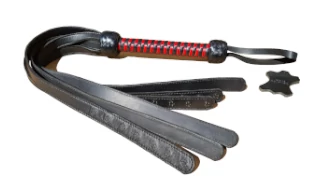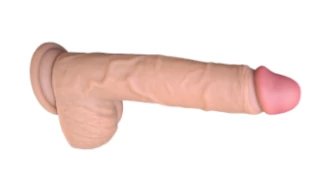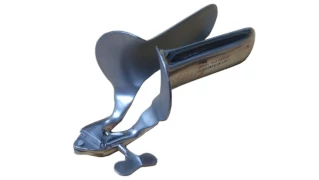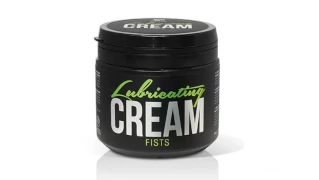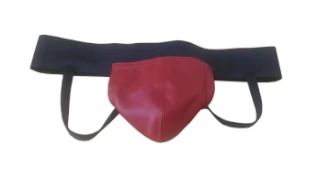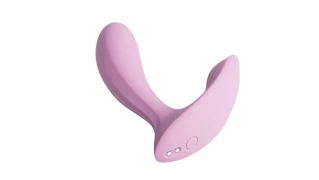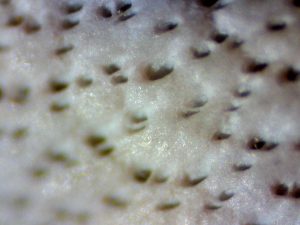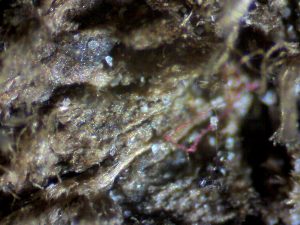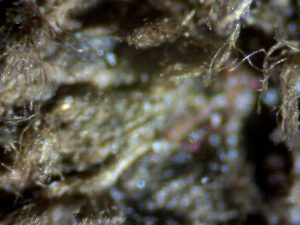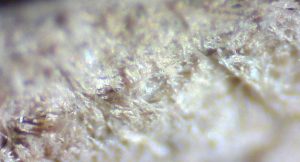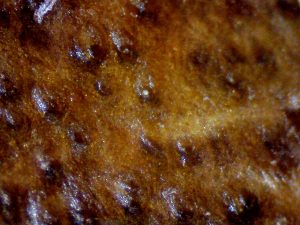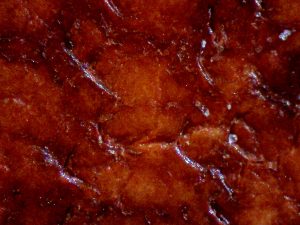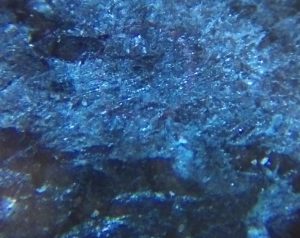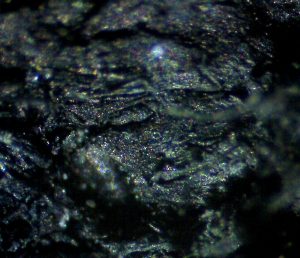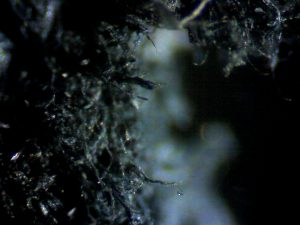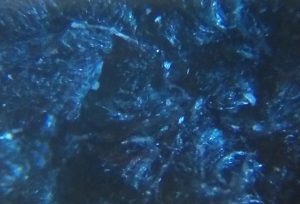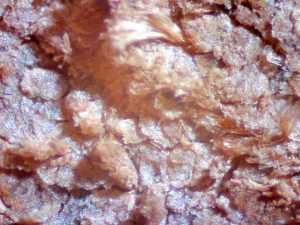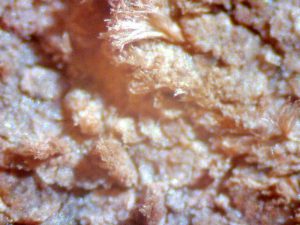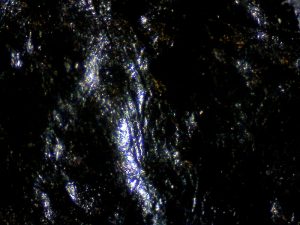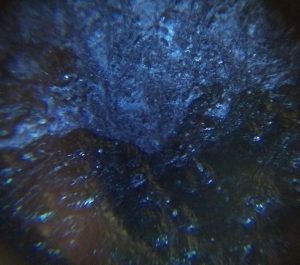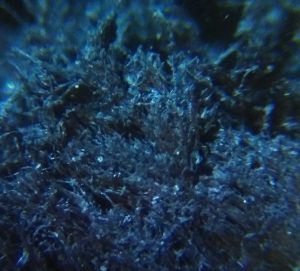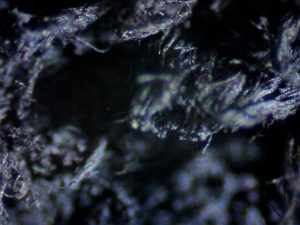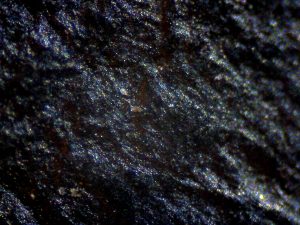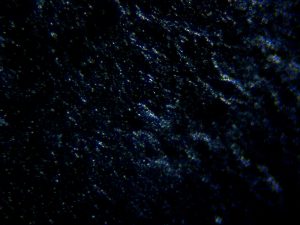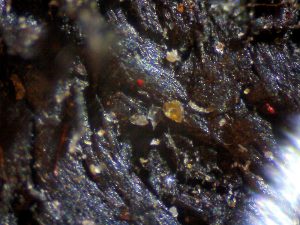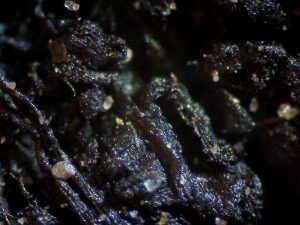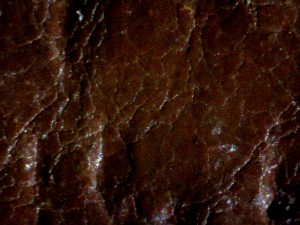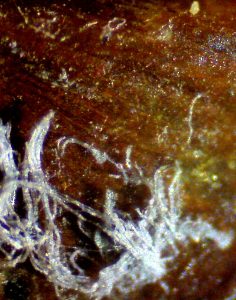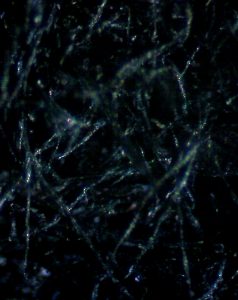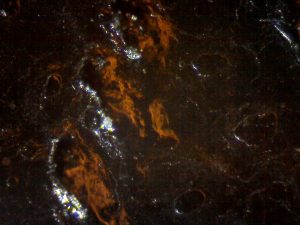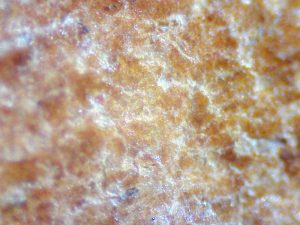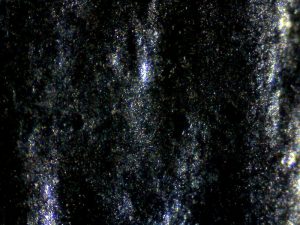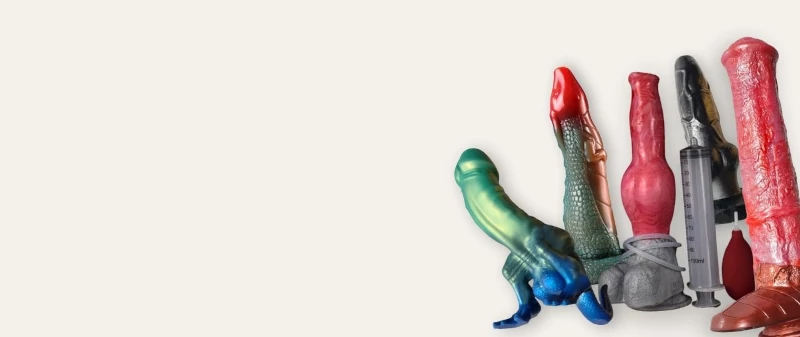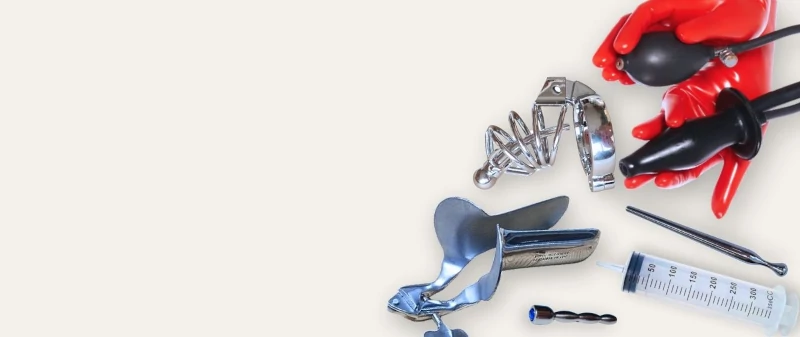Stone shop: Svatoslavova 554/1, Prague 4 - NusleGive us a call: +420 608 704 884
Extasica Design
Rigorously tested
Before we include a product in our offer, we test it carefully.
We're keeping prices down
We take goods directly from the manufacturers and that's why we are cheaper.
Entrance to a private sex shop
How to recognise genuine leather
Recommendations and tips on how to know the real skin. Photos of skin under a microscope.
Summary: Only a small part of genuine dyed leathers (properly "leather") or quality non-genuine leathers can be recognized by feel. Internet advice or a microscope often does not help.
Mixed plastic and animal scent can indicate a combination of genuine and synthetic leather but also genuine dyed leather.
Real skin (even dyed) smells like burnt hair when tanned.
—
You can find several basically parenting and not very functional advice on how to know the real skin. Especially if you compare right dyed leather and a well-made artificial leather (e.g. eco-leather) or combination leather - polyurethane or PVC foil on the top and shredded waste genuine leather on the reverse (PU leather, split leather, faust leahter, bonded leather etc. Czech correct "fibrous" leather or "reconstituted" leather). For the sake of clarity we will use the term "Semi-soft" skin. For simplicity, we use the lay term leather, properly understood as leather, i.e. processed animal skin stripped of hair and skin.
—
Relatively reliable criteria for the recognition of synthetic leather and genuine leather regardless of treatment
Flame - some synthetic leather in the flame of e.g. a lighter (set to low flame) after 3 seconds bubbles (some after 5s) and smells when burning. The smell of burnt plastic or tyres probably doesn't need to be approximated. Thick genuine leather e.g. with a thickness of tape ... i.e. 2mm ... a flame of several seconds does not damage the face or the back, but if it is light or dyed, it smells unforgettably. A longer flame of approx 7seconds or more can start to deform it in a way that is observable to the eye and later on burn it completely. Thin 0.5mm calfskin curls instantly and ignites after about 2 seconds... It also depends on whether you are burning a large area or a small piece, which the lighter flame will surround from all sides at once. But you can't tell much by sight or smell when burning a millimetre strip.
But unlike plastic, real leather will never boil or bubble. Burnt real leather smells just like burnt hair. Sometimes you can smell it when it burns, sometimes when you wipe the burned area with a wet finger. The skin should be flame tested only on the cheek (ideally with the reverse side covered for a small piece). In case of semi-soft skin you would burn the real skin on the reverse side ...:).
Cons: Damage to synthetic leather, damage to very thin genuine leather, peeling of light or coloured genuine leather cannot be washed off (on dark undyed leather the peeling is not visible). Even if the test succeeds a few times, for the next piece there is no way of knowing what technology, paint resistance or surface finish the faux leather has and what kind of havoc dyeing real leather will possibly make (both in terms of test reliability and flame damage).
Solvent - the plastic should dissolve in the solvent and the leather should not - we will check this in time, although this advice is as practical as the fire test 🙂
Criteria for the recognition of genuine skin with limited functionality
Scents
Genuine leather characteristically smells only undyed, possibly stained on the cheek and raw on the reverse. For raw or stained leather, we consider scent to be the number 1 criterion, but the problems of identification are not so great with those. Dyed genuine leather, which won't let you see the reverse or just a bit of the reverse on the reverse, often just doesn't smell (e.g. handbag with lining, padding for handcuffs). For products composed partly of genuine and synthetic leather, or for products made of semi-soft the skin you feel predominantly plastic or paint or other chemical and slightly and skin at the same time and you don't know whose you are... because you often feel the same or nothing with dyed genuine leather. If you have no idea what a plastic scent is, then Almost every household used to have a corner bench with a plastic cover in the kitchen, so I guess that's what it smells like. Or like an eco-leather sofa...
Microscope
A good magnification (the CSN standard for identification of true skin is 20x magnification) for observation is 10-70x. This can handle the cheapest microscopes. Overhead artificial lighting will help. Cheap microscopes usually have only lower or no illumination. Higher resolution is no longer helpful to the amateur, especially in distinguishing between true and crushed true skin (on the reverse of semi-soft skin) or a more complete picture disappears.
Skin structure
You will not see the relatively very thin top part of the leather - the hide - in leather (i.e. tanned leather in the shop), as it is removed during tanning.
Upper papillary part of the joint
Under the skin is the most valuable part of the skin - the suture. The upper papillary part of the joint (i.e. how we normally think of smooth skin in leather products) is thinner than the lower part in most animals, and contains hair papillae and collagen fibres. The collagen fibres are so inflated that even under a microscope they form a continuous mass 20-100 times. Pores (hair papillae) often have an oblique direction to one side (hair direction).
Genuine processed hides (i.e. leather) e.g. cow, sheep, pig, goat are quite different from each other even from the point of view of an amateur observer. There is also a big difference between the skin of a baby and an adult. E.g. very good quality white calfskin (undyed) may have the appearance of snow (very regular, uniform, without scars and wrinkles) with pits from hair papillae inclined in one direction of the hair. Beef kThe skin on the cheek looks like a kind of pouches over each other or apple pie (peeling cells). Cowhide looks similar on the reverse after it's been tanned. Irregular chipped pouches tapering into bundles of filaments (visually more like fragments or chips) and finally very irregular and very short filaments. From this best quality layer (the upper part of the joint) is produced the so-called core leather "grain" leather (or Full grain leather or slightly less dense lower layer of the upper joint Top grain leather).
Lower reticular part of the joint
In the lower reticular part there are relatively loose and interwoven fibres made of the protein collagen. These are penetrated by fat cells from the subcutaneous connective tissue. In English, the term 'genuine' leather is used for products made from this part. Under a microscope, at a magnification of 50-100x, it looks like irregular lines interlaced with each other but with relatively large gaps compared to the thickness of the fibre, sometimes covered with fat droplets of different sizes.
Suede leather is made from this layer (the lower part of the joint). Towards the surface, the collagen fibres ('lines') rise vertically and thicken so that they are visible as fragments or chips. The various treatments of genuine and synthetic leather and their combinations are beyond our knowledge. For example, with very thin leather, where when you scrape off a thin layer of the surface, you immediately encounter the loose collagen fibres of the lower joint, we are unable to judge whether the upper part of the joint (next paragraph) is really so thin or whether, for example, the lower 'suede part' has been cut lengthwise from the higher quality upper joint, the surface ironed and smoothed and dyed so that it resembles the higher quality upper joint.
The lowest layer of raw skin is the subcutaneous connective tissue, whose function is to protect and insulate the underlying muscle. The layer consists mainly of fat cells.
Microscope limits for dyed artificial (reconstituted - waste) leather
Artificial leather is said to have a regular pattern and texture without wrinkles or embossing. There are artificial skins with a rather irregular structure with irregular pores even in one direction (as is usual with genuine leather). Some synthetic skins have regular long microfibres on the reverse side (unlike real microfibres, which look like small regular lines), and these can be easily identified as synthetic under a microscope.
-
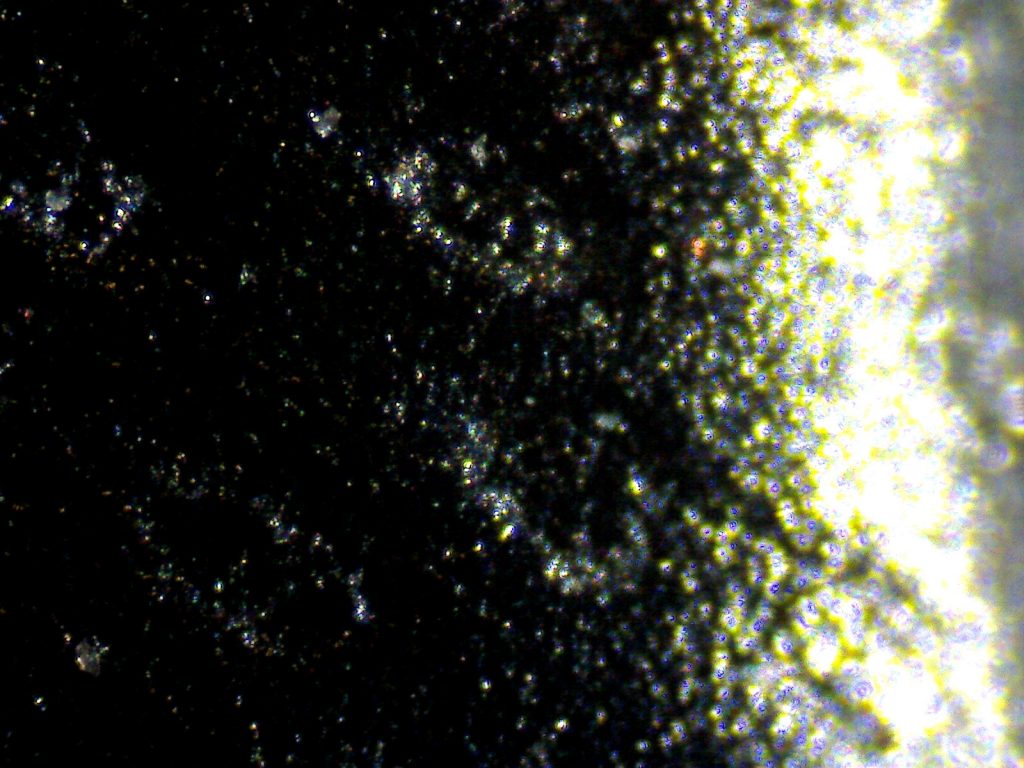
- cheap artificial leather PVC foil distinguishable by eye but not by microscope cheek 64x testicle bag
-
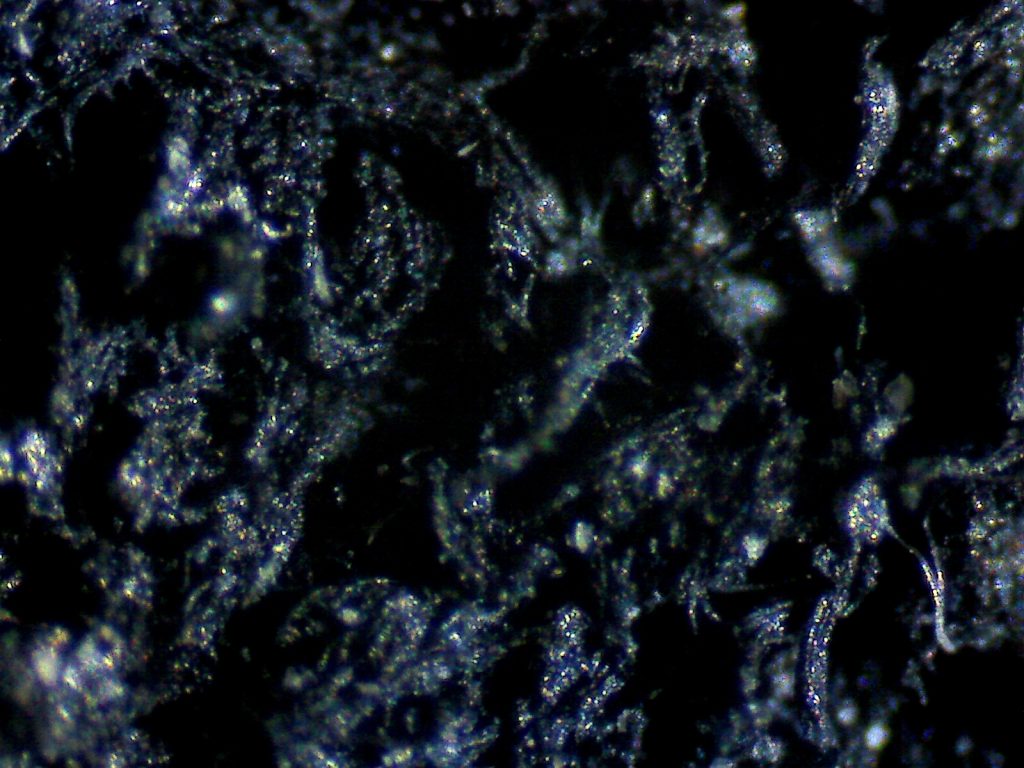
- same product rub reconstituted low quality genuine leather 64x (indistinguishable from normal leather for the layman)
The disadvantage of the microscope is the very limited recognition ability of dyed skin. Especially in dyed leather, where even a professional probably cannot tell the difference from leather. In the case of dyed leather, the texture of the leather on the cheek is covered by the paint to such an extent that it is impossible to determine with certainty whether the leather is genuine or artificial. In addition, most non-genuine leathers on more expensive products will be semi-soft, and if you have crushed genuine leather stretched over an artificial backing, you won't be able to tell from the reverse.
A similar final image of irregular hair-like fibres can also be created by thin genuine lamb or calf leather, which is about 0.5 mm long and, due to its regular structure, looks and feels clearly artificial at first sight and when coloured. On the reverse side, you can see the regular, very fine suede and you think it must be microfleece or some other artificial material .... Then when you smell it - with some of these genuine ones - especially where you can't get to the reverse you can't smell anything, but with some you can clearly identify genuine leather by the distinctive smell. Aunder a microscope, an advanced amateur can often not distinguish genuine dyed thinned leather from artificial leather (combined).
Air a Intuition
They will help in obvious cases, but in more difficult cases they will only give suspicions, even wrong ones. How many times have we thought that it was definitely artificial or combination leather and it was dyed genuine thinned leather.
Glue
Genuine leather - meaning the joint between leather and leather (not, for example, the joint between leather and sole) is overwhelmingly sewn, not glued. Artificial leather is also stitched, of course, but sometimes it is glued, e.g. so that the reverse is not visible, which is sometimes artificial to the naked eye. It may make sense in the case of waterproof shoes or clothes, but in the case of handcuffs (we have also encountered this in real leather, where the purpose was to prevent the stitched overlaps from coming off), whips, etc., such a desecration of natural leather with artificial glue is a signal of artificial leather, inferior workmanship or tastelessness of the manufacturer.
—
Completely non-functional criteria to distinguish between dyed genuine leather and synthetic leather
Reverse and reverse of genuine and non-genuine leather
Only synthetic leather can have a cheek on both sides and genuine leather is either smooth on the front and more or less suede on the reverse or suede on both sides. Even genuine leather is sometimes exceptionally for aesthetic reasons, wrap them inside or over each other so that neither the reverse nor the side of the reverse is visible.
Soak water after a few minutes.
Again, this only applies to untreated leather. Everyone's probably heard of impregnated leather. Now imagine how a heavily dyed leather, for example a handbag, sucks... on the cheek, nothing. In addition, there are also artificial or semi-soft leathers with artificial holes, and these also soak in, because the water flows through the holes into the microfibre on the reverse, which also holds some water.
The strength of the skin
The idea of genuine leather as a 2mm thick strip is often misleading. Good quality thinned calf or lamb leather can be as thin as half a millimetre. The thinnest faux leathers with a covered back are about 0.3mm. The difference is so small that you can't normally tell by the thickness of the leather.
Wrinkling genuine leather.
That's a complete myth, because some skins, both real and artificial will wrinkle when bent and others will not. It is the same with squeaking.
Tag, manufacturer's description or leather mark on the product
Practically irrelevant, because e.g. a strap or some small part can be made of real leather and everything else is made of artificial ... (we do not take such products, if we sell a purchased sample of such a product on extasica.com, we will describe the materials of the individual parts)
Tactile
... made of synthetic leather a normal person he can't tell by touch from dyed genuine leather. Even some genuine leathers are very - almost papery rough on the reverse and less pleasant to the touch than synthetic leathers.
Price
Of course, with a belt for a few tens of crowns or a jacket for a few hundred we don't consider genuine leather ... and we look for a differentiating criterion for the price level where leather products can realistically be expected. We have seen expensive products made of semi-soft leather or folded from artificial and genuine leather at the same time. This advice is therefore completely useless.
—
Additional information
So how does a bagger know and buy real leather?
The bagger buys undyed, unstained, freshly scented processed leather (leather) in a larger whole, and for that the distinctive criteria above apply.
Part genuine and part synthetic leather products
We see room for cheap faux leather or more expensive genuine leather products. But combining the two - e.g. handcuffs with a tightening and carrying belt made of real leather and faux padding - doesn't make sense to us at extasica.com, even though these are often nice and well-made products. Sometimes we don't avoid it when buying a sample - then we mark the artificial parts in the sale.
We recommend undyed leathers, dyed leathers we respect
Many people prefer natural leather without dyeing or staining. This is also our case and recommendation for sex aids. Here we can safely indulge in this natural luxury as we don't usually drag them out in the rain etc. like a handbag, whose colour outside will prolong its life. But not everyone is a purist, or perhaps likes more colourful colours (than natural white, brown, black and their grades). So it's pointless to ask why we don't buy faux leather instead, if we can cover the smell of real leather and the texture nice to the eyes and touch with paint. Whether it's for durability, although synthetic materials can be comparable or better or prestige, good feeling, but that's just the way it is. Both stained and dyed leathers have their place in the market, even in the sex aids market.

